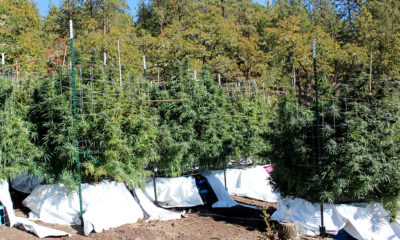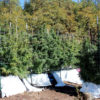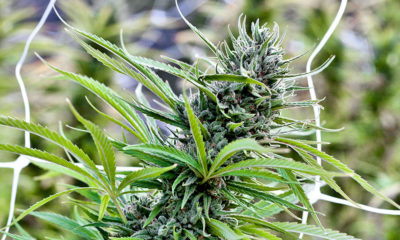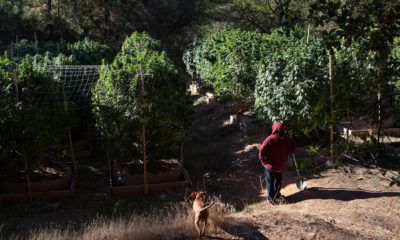Terpenes & Cannabis: Breeding for Flavor
The Green House Seed Company has started a real breeding revolution by providing customers (and anyone interested) with terpene profiles of the resin of all its strains.
Cannabis is used around the world both as a medicine and a recreational drug, but the more subtle aspect of it being an aromatic plant goes too often unnoticed. The herbs we use in our kitchen are considered aromatic plants because they contain a particular terpene profile that gives them a distinctive flavor and effect.
Cannabis is so complex from this point of view that the possible combinations are endless, we have the ability to create a broad spectrum of aromas and flavors that differ with the strains and the way they are cultivated. We are opening a new way of breeding, a new frontier for all growers with a sweet tooth.
The Green House Seed Company has started a real breeding revolution by providing customers (and anyone interested) with terpene profiles of the resin of all its strains. It is truly an innovative step away from the effect-only approach to cannabis and into the world of smell and flavor, the conoisseur way, “a la carte”.
Terpenes are the building blocks of essential oils and are produced primarily by plants (conifers and cannabis) and more rarely by insects. Terpenes are the major components of resin, oils and extracts and they function as the smell and taste molecules. The terpene profile is the most accurate fingerprint we have to define strains and a great way of determining medical effects of the plant before it is even used.
Enough with the science, let’s see how these terpenes are affecting cannabis in the process of breeding on flavor.
The list of 16 terpenes analyzed by Green House Seed Company is a selection of the most recognizable ones, the ones involved in the distinctive flavor of any strain of cannabis.
A few examples:
Alpha-Pinene is an organic compound, found in the oils of many species of pine trees. It is also found in the essential oil of rosemary (Rosmarinus officinalis). Two types of alpha-pinene exist in nature, one more common in European pines, the other more common in North America. A mix of the two is present in the oil extracted from the eucalyptus tree. In the strains we produce, we find the highest levels of alpha-pinene in Super Silver Haze. So, if you like pine-tree smelling and tasting weed, think of growing this strain, or use it for crossings.
Limonene is a hydrocarbon, classified as a cyclic terpene. It is a colorless liquid at room temperature with an extremely strong smell of citrus, particularly oranges. It takes its name from the lemon because lemon and other citrus fruits contain high quantities of this compound, which is responsible for much of their smell. In the strains we produce, you will find elevated levels of limonene in the Lemon Skunk and the Big Bang.
Sabinene is a natural monoterpene and it is isolated from the essential oils of a variety of plants, mostly oak trees. Sabinene is one of the chemical compounds that contributes to the spiciness of black pepper and is a major constituent of carrot seed oil. It also occurs in tea tree oil at a low concentration. Again, this terpene is high in the Super Silver Haze and in the Arjan’s Ultra Haze #1.
Myrcene, or β-myrcene, is also an organic compound. It is classified as a hydrocarbon and a monoterpene. It is obtained from the essential oil from various plants: bay, verbena, myrcia (from which is gets its name) and others. Myrcene is one of the most important chemicals used in the perfumery industry. Because of its pleasant odor, it is occasionally used directly. But it is also highly valued as an intermediate for the preparation of flavor and fragrance chemicals such as menthol, citronella, and geraniol. It is extremely high in the White Widow.
Many more terpenes are present in the resin and analyzed, as we learn more about them we are learning how they shape the effects, both for medicinal and recreational users.
What’s your favorite terpene? Have you experimented with different strains based on the smells and tastes? Tell us about it in the comments below!
Want to learn more about terpenes? Check out Issue 11 of Cannabis Now Magazine, on stands May 2014.























